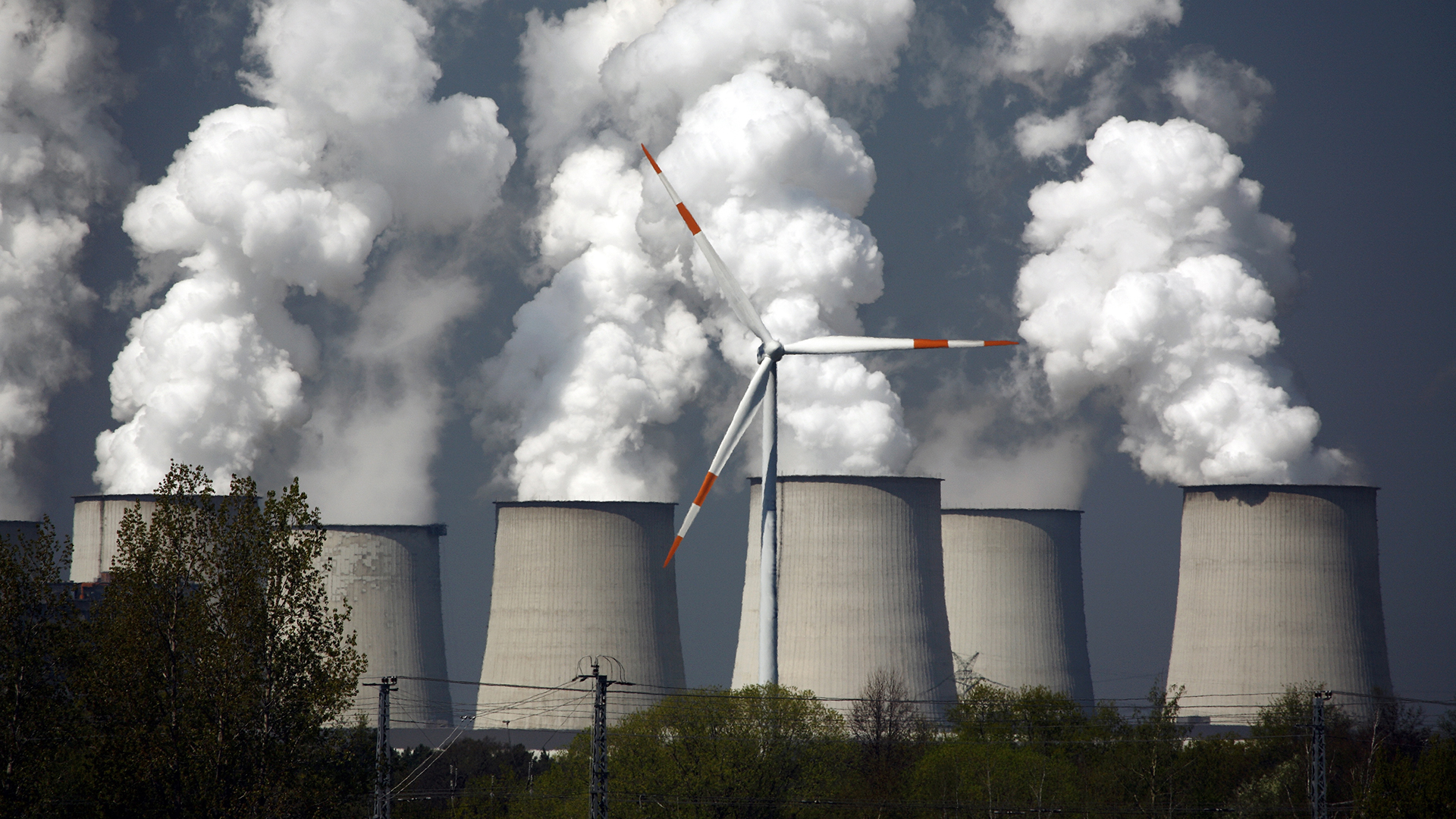- Authors
- Dr. Patrick Graichen, Markus Steigenberger, Philipp Litz
- Publication number
- 066/02-H-2015/EN
- Publication date
-
1 February 2015
- Pages
- 28
- Suggested Citation
- Agora Energiewende (2015): The Role of Emissions Trading in the Energy Transition. Perspectives and Limitations on Current Reform Proposals.
- Project
- This publication was produced within the framework of the project Reform of the ETS.
This content is also available in: German
The role of emissions trading in the energy transition
Perspectives and limitations on current reform proposals

Preface
Emissions trading is often seen as the flagship project of European climate policy. For some time, however, this flagship has been dangerously listing to one side. To keep it from capsizing, it has been repositioned several times - and is once again now in the dry dock.
Its repair hinges on ensuring that the basic principle of emissions trading once again functions as it should, i.e. to create a scarcity price for CO2 by limiting the number of emissions allowances on the market, thereby incentivizing investment in low-carbon technologies. Because too many allowances have been allocated, scarcity has never existed. The large surplus of certificates is undermining this principle and rendering emissions trading ineffective as a tool for climate protection.
This background paper focuses on the following questions: How will the number of excess certificates develop in the coming years? And are the current proposals for reforming the emissions trading system enough to reduce surpluses and to achieve a scarcity price?
Bibliographical data
Downloads
-
pdf 2 MB
The Role of Emissions Trading in the Energy Transition
Perspectives and Limitations on Current Reform Proposals


